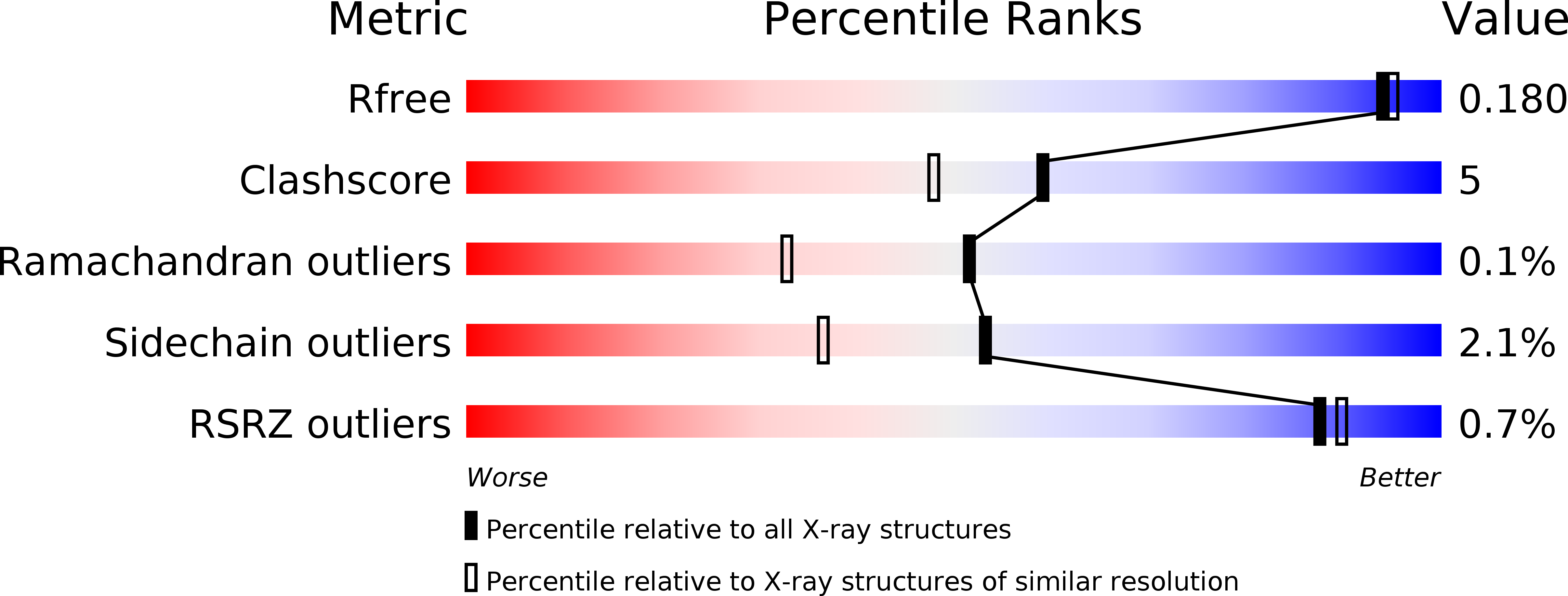
Deposition Date
2007-01-26
Release Date
2007-04-10
Last Version Date
2023-08-30
Entry Detail
PDB ID:
2OOV
Keywords:
Title:
Crystal Structure of Hansenula polymorpha amine oxidase to 1.7 Angstroms
Biological Source:
Source Organism:
Pichia angusta (Taxon ID: 4905)
Host Organism:
Method Details:
Experimental Method:
Resolution:
1.70 Å
R-Value Free:
0.17
R-Value Work:
0.14
R-Value Observed:
0.14
Space Group:
P 1 21 1


